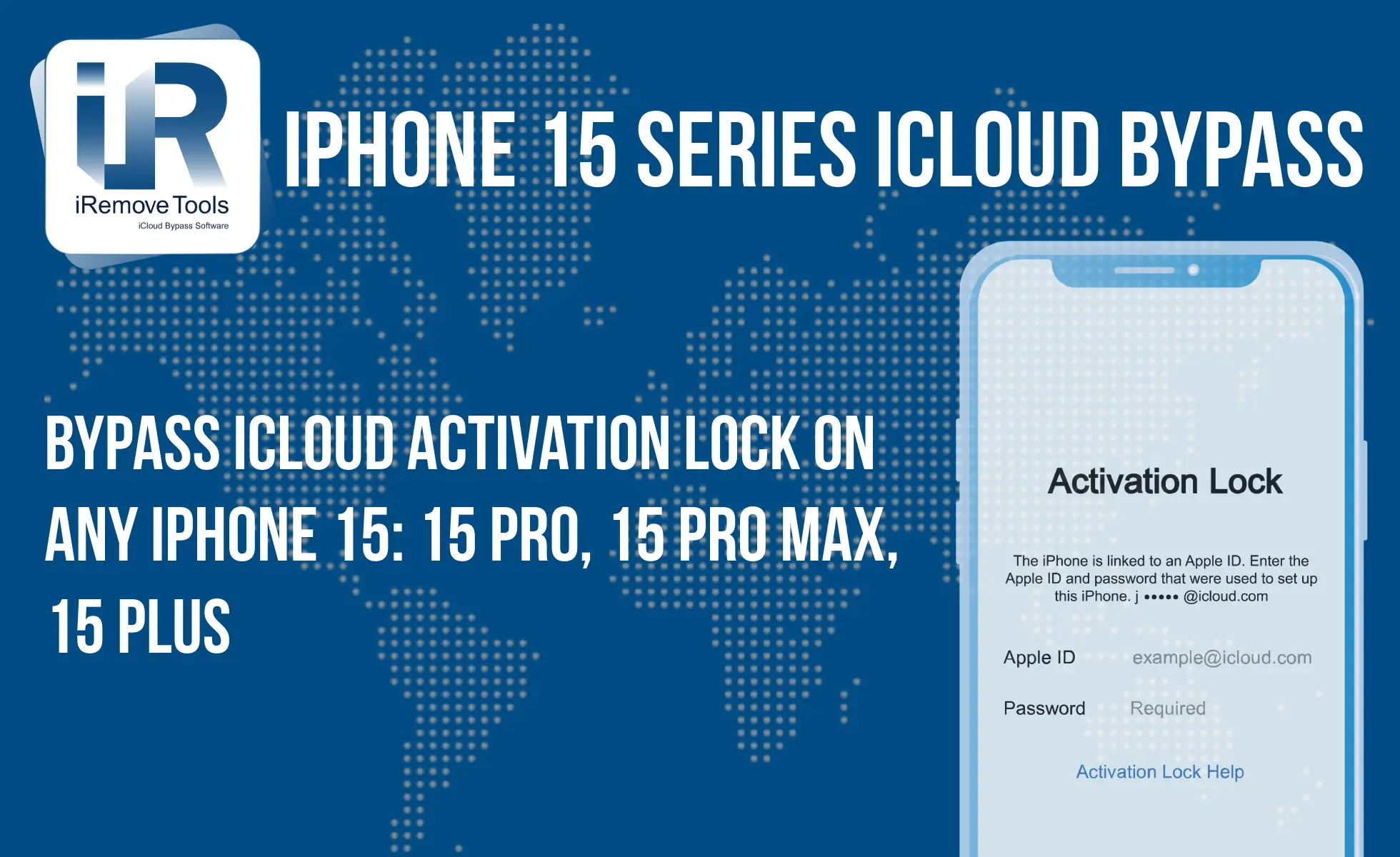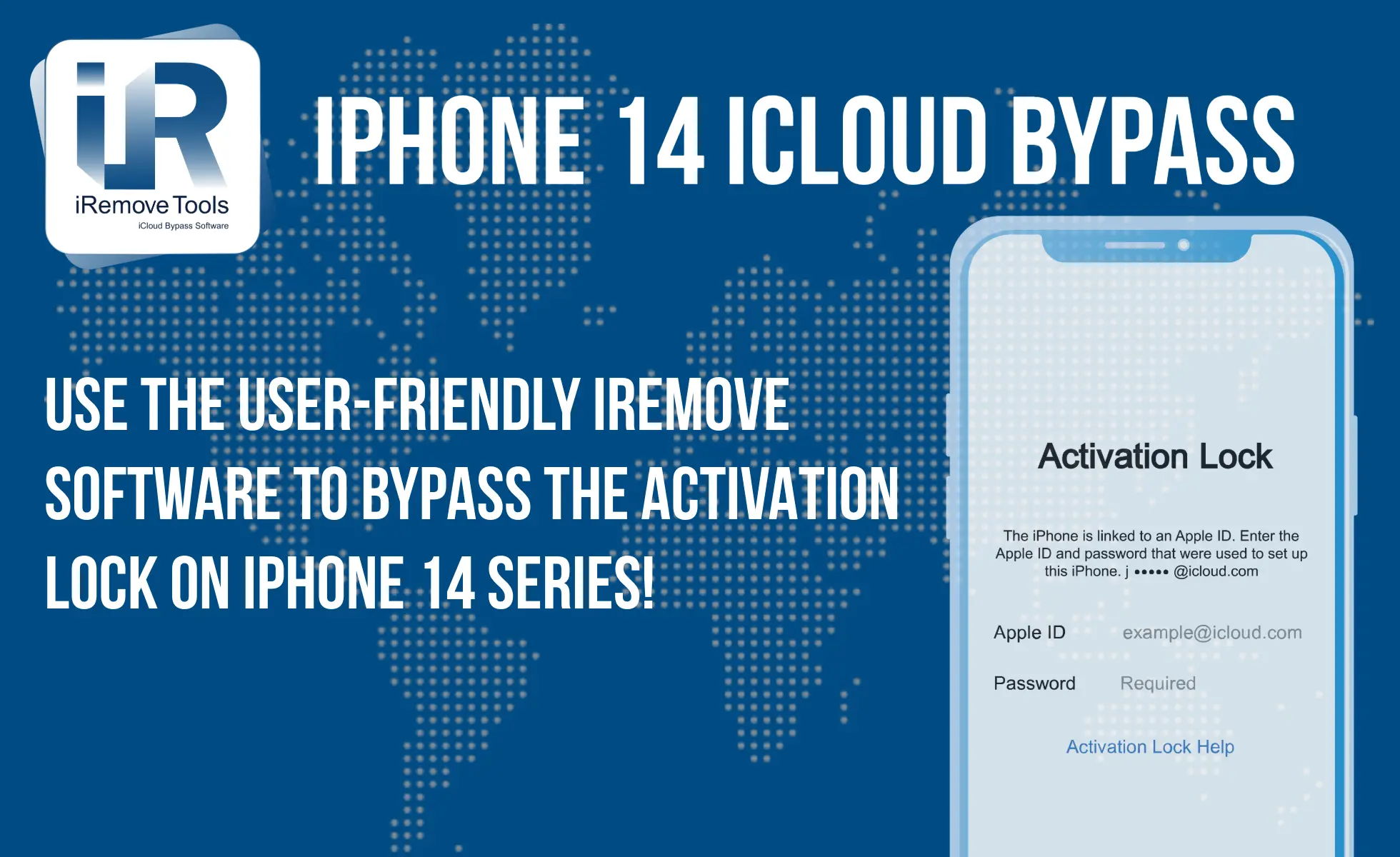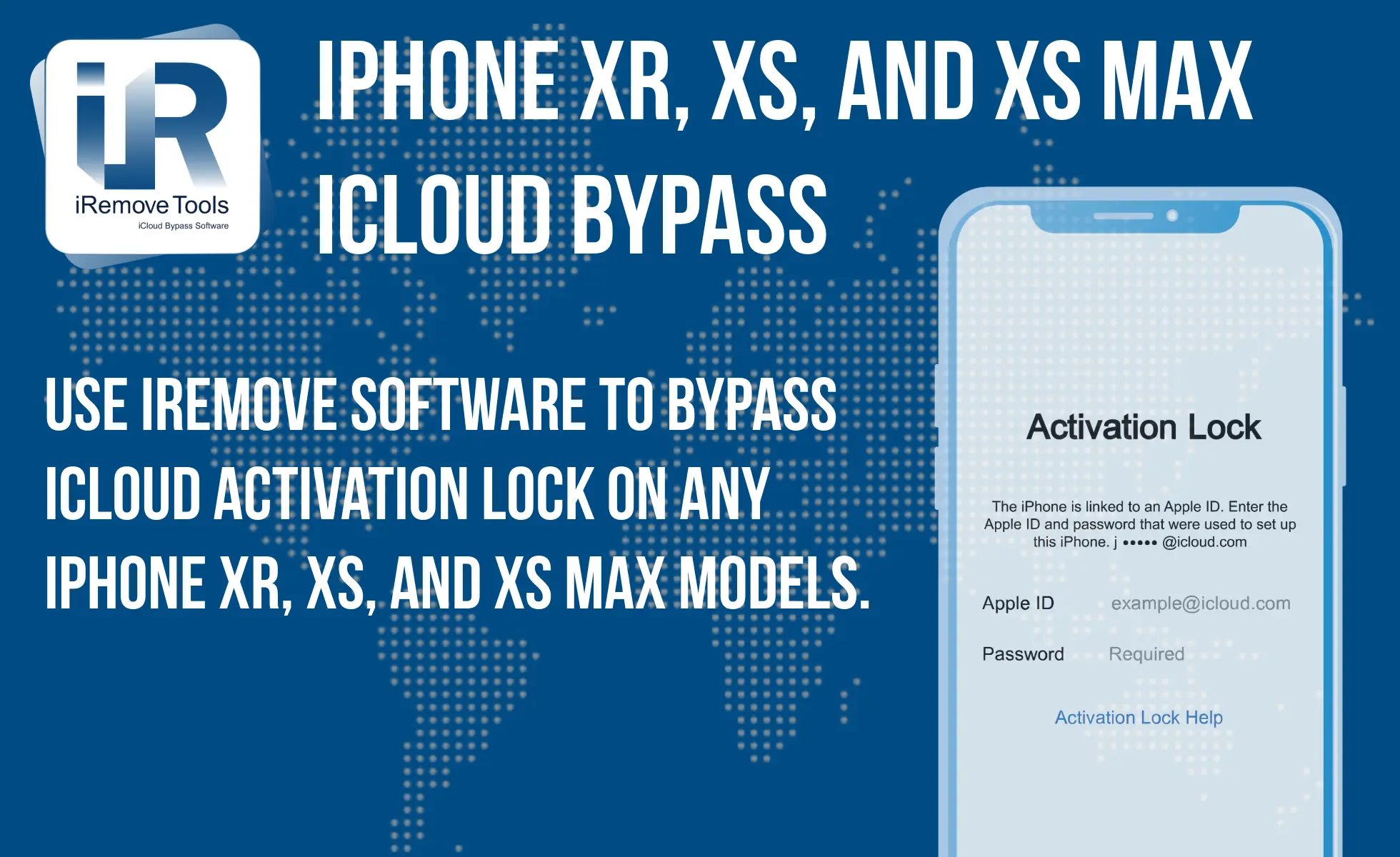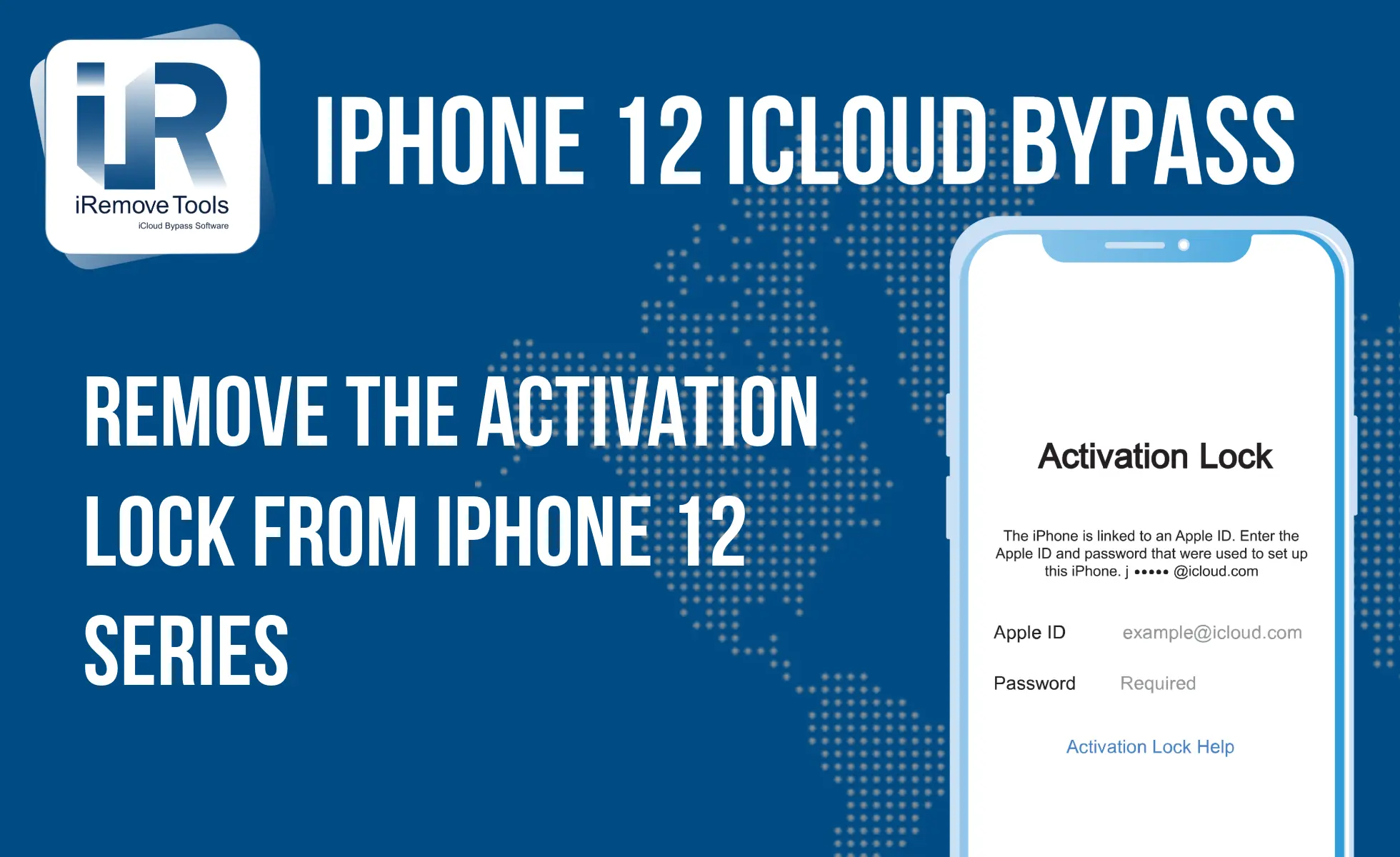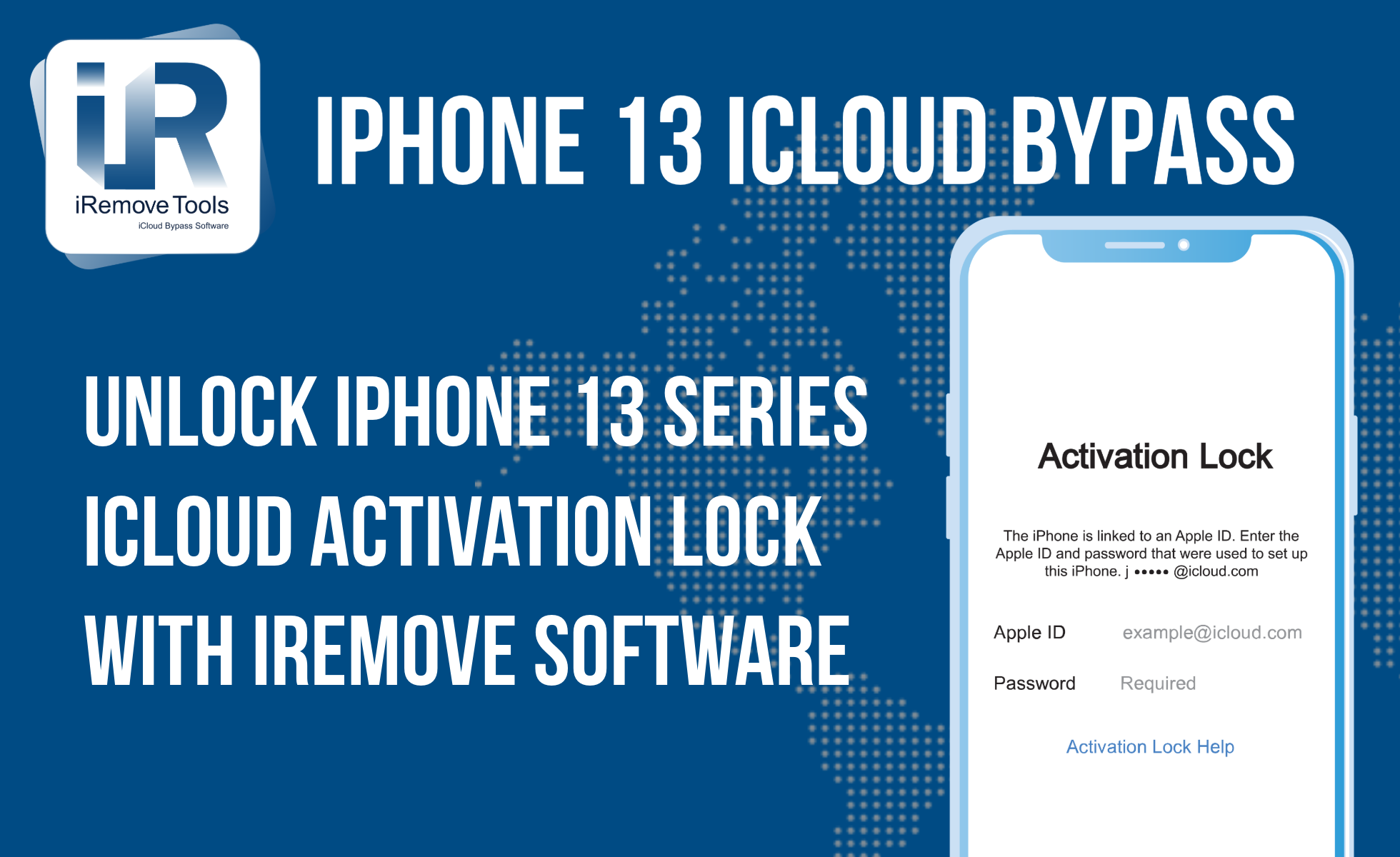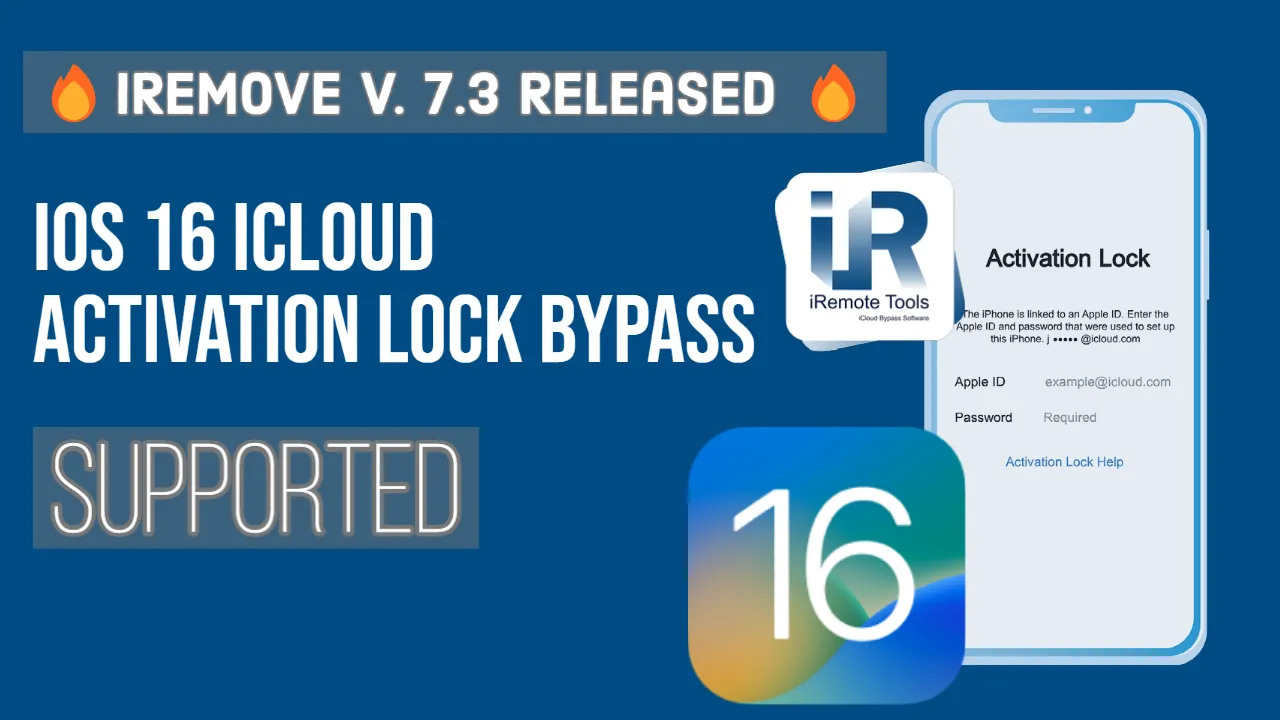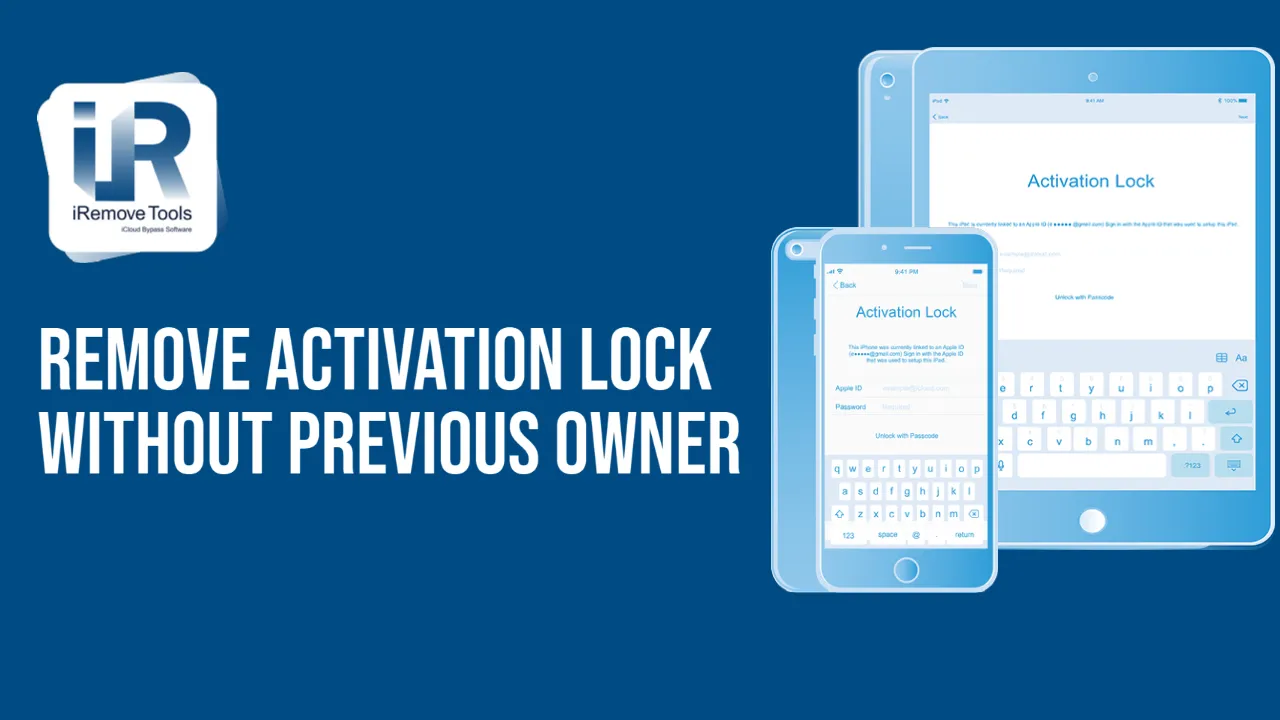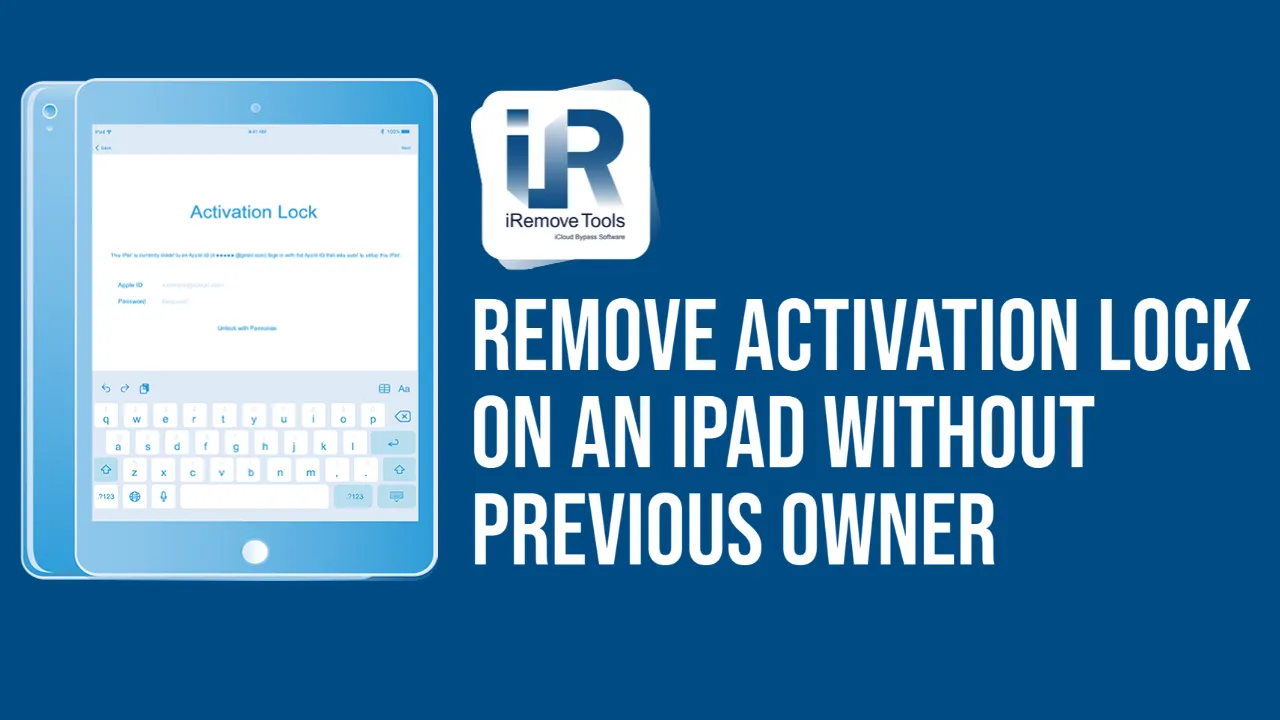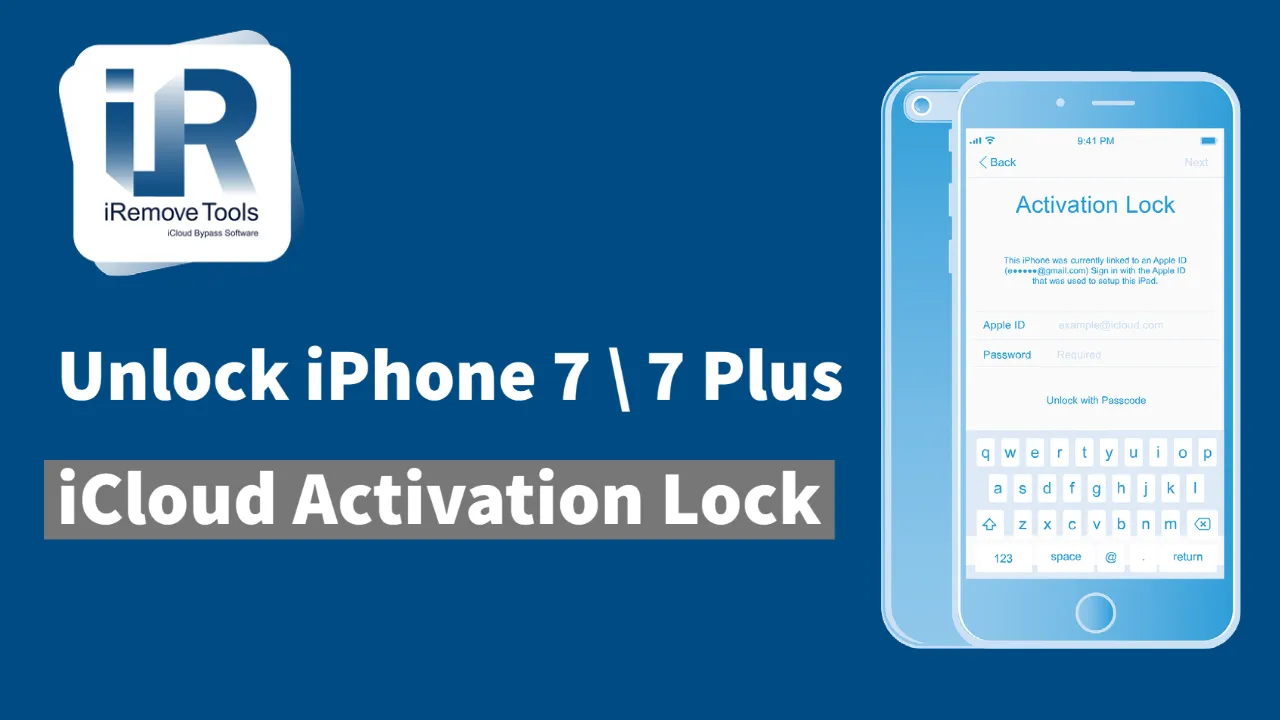Restoring your iPhone, iPad, or Mac device using either DFU mode or factory resetting
Learn how to finish the MDM unlock process by restoring your iPhone, iPad, or Mac device using either DFU mode or factory resetting.
To complete the MDM unlock process using DFU (Device Firmware Update) mode or factory resetting, follow these steps:
Performing a DFU Restore on a iPhone
Backup Your Device: Before proceeding, ensure you have a recent backup of your device to avoid losing important data.
DFU Mode Method:
- Connect your device to your computer and open iTunes (or Finder on macOS Catalina and later).
- Put your device into DFU mode: For iPhone 7 and 7 Plus, press and hold the Volume Down button and the Power button together for about 10 seconds, then release the Power button but continue holding the Volume Down button until iTunes/Finder detects the device in recovery mode.
- For iPhone 8 and later models, press and release the Volume Up button, then press and release the Volume Down button, and finally, press and hold the Side button until the device enters DFU mode.
Follow the on-screen instructions in iTunes/Finder to restore your device to factory settings.
Check the official tutorial here:
https://support.apple.com/en-gb/118106Factory Reset Method:
- Go to Settings > General > Reset on your device.
- Choose 'Erase All Content and Settings; and enter your passcode if prompted.
- Confirm the action and wait for the process to complete.
- Complete MDM Unlock: After restoring your device, set it up as a new device. The MDM lock should now be removed.
Check the official tutorial here:
https://support.apple.com/en-us/108931Performing a Restore on Your Mac
Follow these steps to complete the MDM unlock process on Mac devices using one of the proposed methods:
Method 1. Erase and Reinstall macOS
- Backup Your Data: Before proceeding, it's important to back up your important data. You can use Time Machine or another backup method.
- Restart Your Mac in macOS Recovery Mode:
- Restart your Mac and hold down Command (⌘) + R as it restarts.
- Keep holding the keys until you see the Apple logo or a spinning globe.
- Erase Your Mac's Hard Drive:
- In macOS Recovery, select Disk Utility and click Continue.
- Select your Mac's hard drive in Disk Utility and click Erase.
- Choose a format (APFS or Mac OS Extended) and a name for your hard drive, then click Erase.
- Once the erase process is complete, close Disk Utility.
- Reinstall macOS:
- In macOS Recovery, select Reinstall macOS and click Continue.
- Follow the on-screen instructions to reinstall macOS.
- Your Mac will download the latest version of macOS from the internet and install it on your hard drive.
- Once the installation is complete, your Mac will restart.
- Restore Your Data: After reinstalling macOS, you can restore your data from your backup using Time Machine or another backup method.
- Set Up Your Mac: Follow the on-screen instructions to set up your Mac after reinstalling macOS. You can choose to restore your data from a backup during the setup process.
Check the official tutorial here:
https://support.apple.com/en-gb/guide/mac-help/mh27903/macMethod 2. Erase Your Mac and Reset it to Factory Settings
- Backup Your Data: Before proceeding, it's crucial to back up your important data. You can use Time Machine or another backup method to do this.
- Sign Out of iCloud, iTunes, and iMessage: Open System Preferences and sign out of iCloud, iTunes, and iMessage to disassociate your Mac from your accounts.
- Restart in macOS Recovery Mode:
- Restart your Mac and hold down Command (⌘) + R until you see the Apple logo.
- Release the keys and wait for macOS Utilities to appear.
- Erase Your Mac's Hard Drive:
- In macOS Utilities, select Disk Utility and click Continue.
- Select your Mac's startup disk (usually named 'Macintosh HD') and click Erase.
- Choose a format (APFS or Mac OS Extended) and a name for your hard drive, then click Erase.
- Reinstall macOS:
- Close Disk Utility and select Reinstall macOS from the macOS Utilities window.
- Click Continue and follow the on-screen instructions to reinstall macOS.
- Restore Your Data: After reinstalling macOS, you can restore your data from your backup using Time Machine or another backup method.
- Set Up Your Mac: Follow the on-screen instructions to set up your Mac after reinstalling macOS. You can choose to restore your data from a backup during the setup process.
- Restart your Mac and hold down Command (⌘) + R until you see the Apple logo.
- Release the keys and wait for macOS Utilities to appear.
- In macOS Utilities, select Disk Utility and click Continue.
- Select your Mac's startup disk (usually named 'Macintosh HD') and click Erase.
- Choose a format (APFS or Mac OS Extended) and a name for your hard drive, then click Erase.
- Close Disk Utility and select Reinstall macOS from the macOS Utilities window.
- Click Continue and follow the on-screen instructions to reinstall macOS.
Check the official tutorial here:
https://support.apple.com/en-us/102664Method 3. Restore Your Mac Using Apple Configurator
-
Download and Install Apple Configurator:
Ensure you have Apple Configurator installed on your Mac. You can download it from the Mac App Store if you haven't already. -
Prepare Your Devices:
Connect your Mac to another Mac using a USB-C to USB-C cable or USB-A to USB-C cable, depending on the ports available on your devices. On the target Mac (the one you want to restore), ensure it is powered off. -
Enter DFU Mode on the Target Mac:
-
For MacBook Pro (2016 or later), MacBook Air (2018 or later), and Mac mini (2018 or later):
Press and hold the power button for about 10 seconds, then release it. While holding the right Shift key, the left Option (Alt) key, and the left Control key, press and hold the power button for another 7 seconds. Keep holding all four keys for 10 more seconds, then release them. The target Mac should now be in DFU mode, and the screen will remain black. -
For iMac (2017 or later) and iMac Pro (2017):
Disconnect the power cord from the iMac. While holding the power button, reconnect the power cord and continue holding the power button for about 10 seconds.
-
For MacBook Pro (2016 or later), MacBook Air (2018 or later), and Mac mini (2018 or later):
-
Use Apple Configurator:
Open Apple Configurator on the host Mac (the Mac that is not being restored). You should see the target Mac in the Apple Configurator window. Select the target Mac. Click the 'Restore' button to restore the target Mac to factory settings. -
Complete the Process:
Apple Configurator will download the latest firmware and restore the target Mac to factory settings. This process may take some time, so be patient. Once the restore process is complete, you can set up your Mac as new or restore it from a backup.
Please note that restoring your Mac using Apple Configurator will erase all data on the device. Ensure you have a backup of any important data before proceeding.
Check the official tutorial here:
https://support.apple.com/en-us/108931Поделиться:
Программное обеспечение для разблокировки iPhone и iPad
Программное обеспечение для разблокировки Mac
iRemove Новости
Все еще ищете помощи?
Пожалуйста, не волнуйтесь. Пожалуйста, свяжитесь с нашей службой поддержки. Мы всегда рады помочь вам.
Свяжитесь с нашей дружной службой поддержки
![Обход экрана блокировки паролем [iPhone отключен]](/assets/img/banners/iphone-passcode-bypass.svg)



![Программное обеспечение для обхода удаленного управления MacOS [MDM]](/assets/img/banners/find-my-mac-unlock-without-icloud-password.svg)
